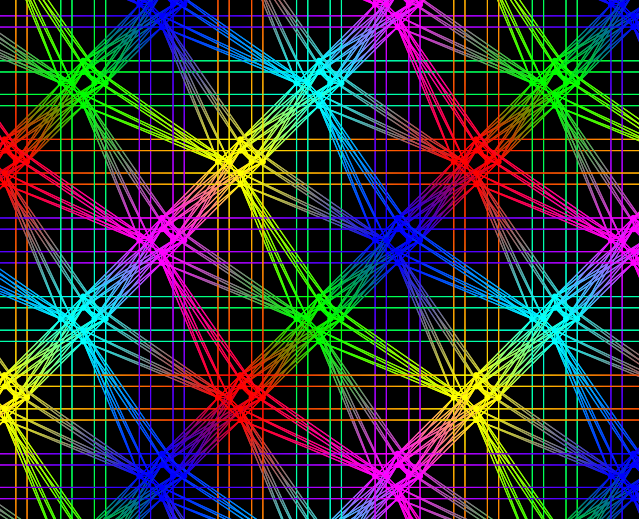
A depiction of the complex topology of the connections among qubits in D-Wave's next-generation hardware. (credit: D-Wave)
On Tuesday, D-Wave announced the details of its next-generation computation hardware, which it's calling "Advantage," and released a set of white papers that describe some of the machine's performance characteristics. While some of the details of the upcoming system have been revealed earlier, Ars had the chance to sit in on a D-Wave users' group meeting, which included talks by company VP of Product dDsign, Mark Johnson and Senior Scientist Cathy McGeoch. We also sat down to discuss the hardware with Alan Baratz, D-Wave's chief product officer. They gave us a sense of what to expect when the machine comes online next year.
Part of the landscape
D-Wave's hardware performs a form of computation that's distinct from the one being pursued by companies like Google, Intel, and IBM. Those companies are attempting to build a gate-based quantum computer that's able to perform general computation, but they've run into known issues with scaling up the number of qubits and limiting the appearance of noise in their computations. D-Wave's quantum annealer is more limited in the types of problems it can solve, but its design allows the number of qubits to scale up more easily and limits the impact of noise.
It's easiest to think of a D-Wave as exploring an energy landscape filled with hills and valleys. It specializes in finding the lowest valley in one of these landscapes and avoids getting stuck in a local valley by using quantum effects to "tunnel" through intervening hillsides. That can be used to perform calculations, but only if the calculation can be structured so that it looks like an energy minimization problem.
No comments:
Post a Comment